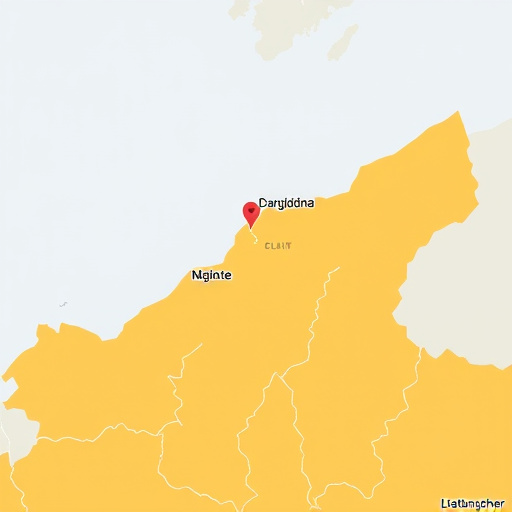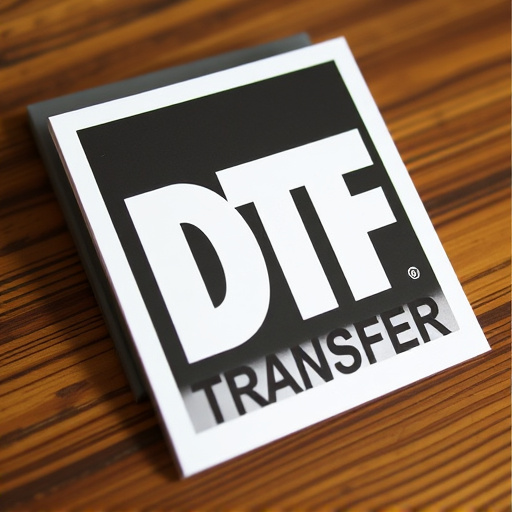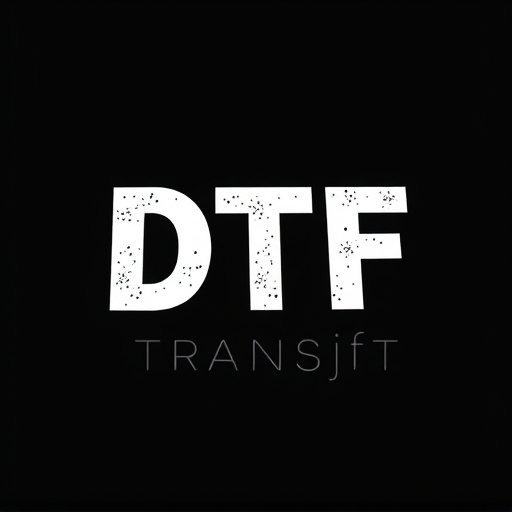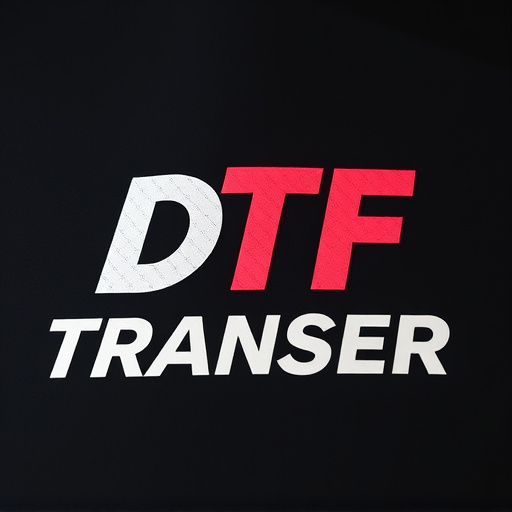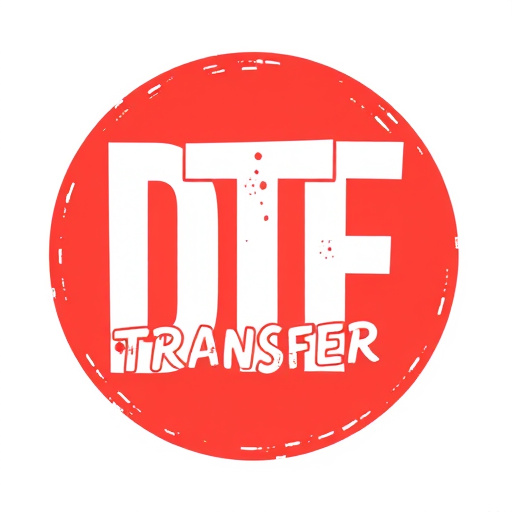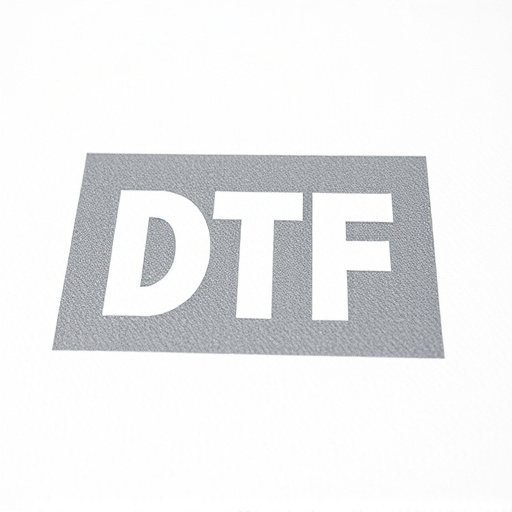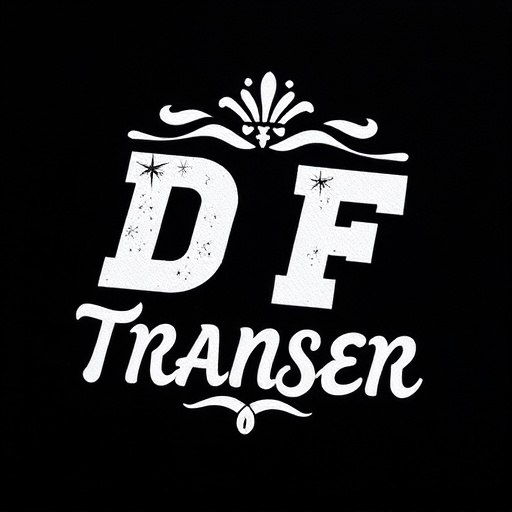Direct-to-film (DTF) transfers are transforming printing across industries, offering unparalleled precision and quality for reproducing images on various surfaces. Modern US advancements in digital technology have streamlined DTF processes, enabling fast production times and intricate designs. DTF Printing is popular for custom prints, posters, and artwork due to its versatility in producing vibrant, long-lasting prints on materials like canvas, wood, and metal. Key factors for achieving exceptional results include selecting the right transfer method based on image complexity, using high-quality film stocks and inks, and maintaining consistent environmental conditions during printing. The future of DTF in the US looks bright with technological advancements enhancing quality, speed, and sustainability, while also addressing environmental concerns through eco-friendly materials.
“Direct-to-film (DTF) transfers have emerged as a game-changer in the printing industry, particularly in the United States. This innovative technology allows for precise and vibrant DTF printing, enhancing various sectors’ capabilities. From fashion to signage, DTF offers unique benefits, ensuring superior quality and efficiency. The article delves into the evolution of DTF tech, its advantages, and essential considerations for optimal results. Discover how this process revolutionizes visual communication and explores future trends shaping DTF transfer services across the USA.”
- Understanding Direct-to-Film (DTF) Transfers: A Brief Overview
- The Evolution of DTF Technology in the United States
- Benefits and Applications of DTF Printing in Various Industries
- Choosing the Right DTF Transfer Process for Your Project
- Quality Considerations: Ensuring Superior DTF Prints
- Future Prospects: Trends Shaping DTF Transfer Services in the USA
Understanding Direct-to-Film (DTF) Transfers: A Brief Overview
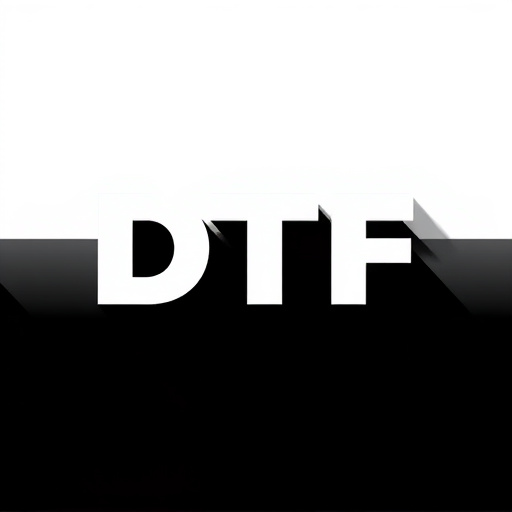
Direct-to-film (DTF) transfers are a cutting-edge printing technique that has revolutionized the way we reproduce images and art on various surfaces, especially in the United States. This innovative process involves transferring an image directly onto a film or substrate using specialized equipment, offering unparalleled precision and quality. DTF Printing is particularly popular for creating custom prints, posters, and even artwork for personal or commercial use.
The DTF Transfer method ensures that every detail of the original design is accurately replicated, making it a preferred choice for high-fidelity reproduction. Unlike traditional printing methods, DTF avoids the need for intermediate plates, streamlining the production process and reducing potential errors. This technology has gained immense popularity among artists, businesses, and enthusiasts due to its versatility, allowing for unique and vibrant prints on materials like canvas, wood, metal, and more, adding a dynamic twist to various interior design and artistic projects.
The Evolution of DTF Technology in the United States
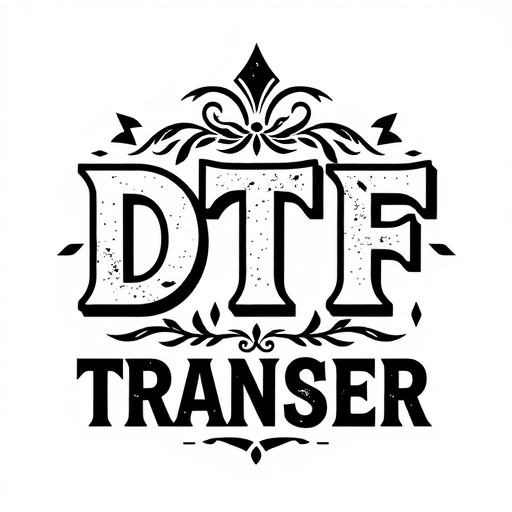
The evolution of Direct-to-film (DTF) technology in the United States has been a journey marked by innovation and adaptation. Early DTF transfers relied on traditional printing methods, where ink was directly applied to film, creating intricate designs for various applications like textile printing and signmaking. However, advancements in digital technology led to the birth of modern DTF printing, revolutionizing the process with precision and speed.
American manufacturers have played a pivotal role in refining DTF techniques, focusing on improving print quality, color accuracy, and efficiency. The adoption of advanced machines and software has enabled faster production times and opened doors for intricate, detailed prints. Today, DTF technology is widely used for creating vibrant, long-lasting DTF prints, catering to diverse industries from fashion and merchandising to signage and automotive customization.
Benefits and Applications of DTF Printing in Various Industries

Direct-to-film (DTF) transfers offer a myriad of benefits across diverse industries. This innovative printing technique allows for the creation of high-quality, durable prints directly on various surfaces, from textiles to plastics and metals. One of its key advantages is speed and efficiency; DTF Printing can produce intricate designs with sharp details at a fraction of the time traditional methods take, making it ideal for quick turnaround projects and small batch production.
The applications of DTF Printing are extensive. In the apparel industry, it enables personalized clothing and accessories with vibrant, long-lasting prints. Manufacturers of promotional items leverage DTF to create custom gadgets and merchandise with precise artwork. Additionally, automotive and aerospace sectors use DTF for applying complex designs on vehicle interiors and exteriors, as well as for manufacturing specialized components with intricate patterns. This versatile technology is also valuable in signage and display industries, allowing for eye-catching, direct-to-surface printing on billboards, banners, and window graphics.
Choosing the Right DTF Transfer Process for Your Project
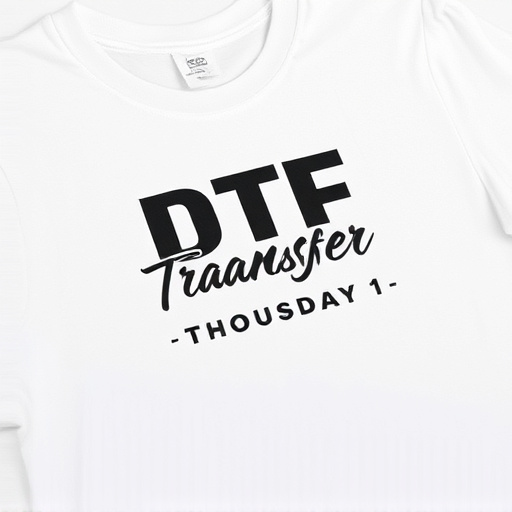
When considering a DTF (Direct-to-Film) transfer for your project, understanding the process and its variations is key to achieving exceptional results. The right DTF transfer method depends on factors like image complexity, desired resolution, and intended display medium. For simple designs with sharp lines and solid colors, traditional DTF printing offers precision and speed. This method involves transferring ink directly onto film, ensuring vibrant and accurate prints.
For more intricate or photographic images, advanced DTF techniques such as high-resolution scanning and specialized printing presses may be required. These processes capture subtle details and gradients, resulting in lifelike DTF prints. By selecting the appropriate DTF transfer based on project requirements, you can produce stunning visual effects, whether for film, animation, or advertising purposes.
Quality Considerations: Ensuring Superior DTF Prints

Direct-to-film (DTF) transfers demand meticulous attention to quality, especially when producing prints in the United States. The process involves transferring an image directly onto a film surface, which then serves as a negative for printing. Ensuring superior DTF prints requires precise control over several factors. First and foremost, the choice of materials is critical; high-quality film stocks and inks are essential to achieve vibrant colors, sharp details, and longevity.
Moreover, the printing equipment itself must be state-of-the-art to minimize imperfections. Advanced machines with fine tuning capabilities enable precise registration, ensuring images align perfectly across multiple prints. Additionally, environmental conditions play a significant role; consistent temperature and humidity levels during printing prevent warping or fading of the film, maintaining the integrity of the DTF transfer for optimal results.
Future Prospects: Trends Shaping DTF Transfer Services in the USA
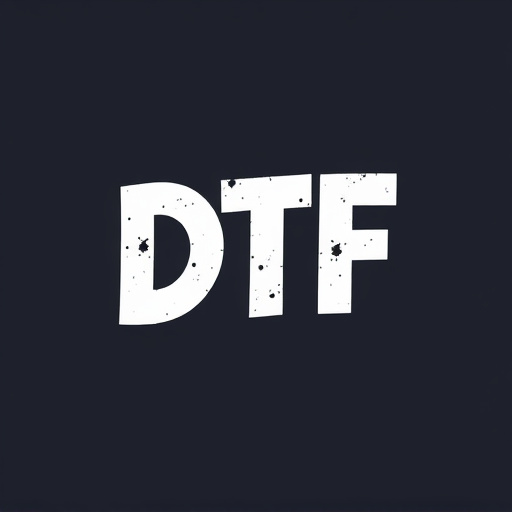
The future of direct-to-film (DTF) transfer services in the United States looks promising as technological advancements continue to shape this industry. With growing demand for custom prints and personalized products, DTF printing is poised to become an even more accessible and preferred option for businesses and individuals alike. Innovations in ink formulations and printhead technologies are enabling higher resolution, vibrant colors, and faster production times, making DTF transfers competitive with traditional printing methods. This trend is expected to drive the adoption of DTF services across various sectors, including apparel, signage, and promotional products.
Moreover, the integration of digital technologies, such as advanced design software and automated cutting systems, streamlines the entire process from design to delivery. As a result, DTF transfer services can offer faster turnaround times, reduced waste, and improved efficiency. This not only benefits established DTF print service providers but also encourages new entrants into the market, fostering competition and driving down prices for consumers. In terms of trends, sustainability is becoming a significant focus, with eco-friendly inks and materials gaining traction, ensuring that the growth of DTF transfer services aligns with environmental concerns.



